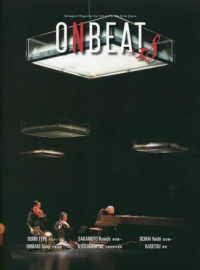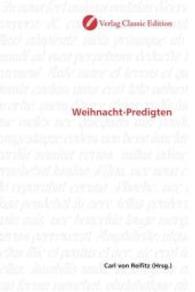- ホーム
- > 洋書
- > ドイツ書
- > Mathematics, Sciences & Technology
- > Biology
- > botanics
Full Description
This book is an attempt to compile and integrate the information documented by many botanists, both Egyptians and others, about the vegetation of Egypt. ora of Egypt and gave leadership and inspiration to plant taxonomists and plant ecologists in Egypt for some 50 years.








